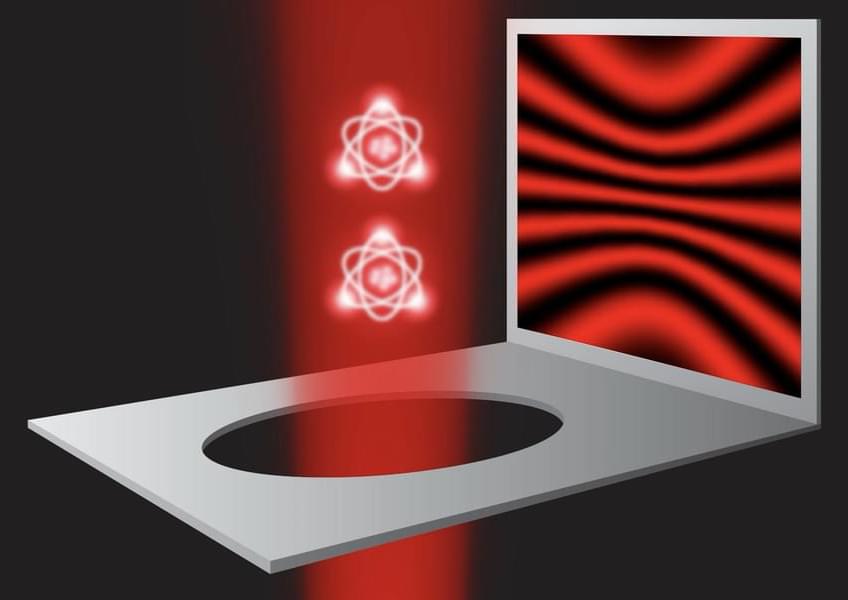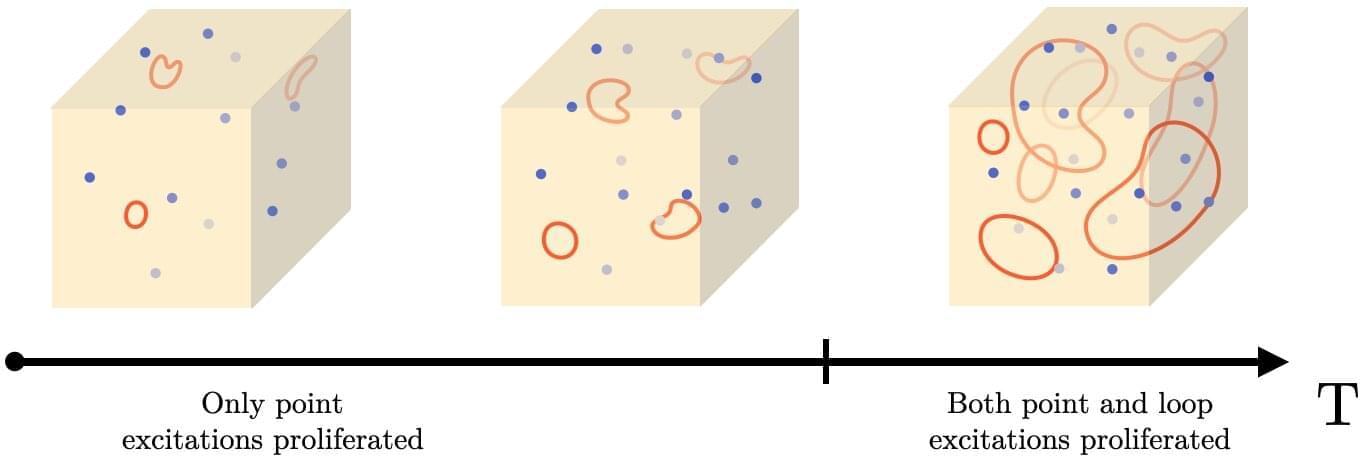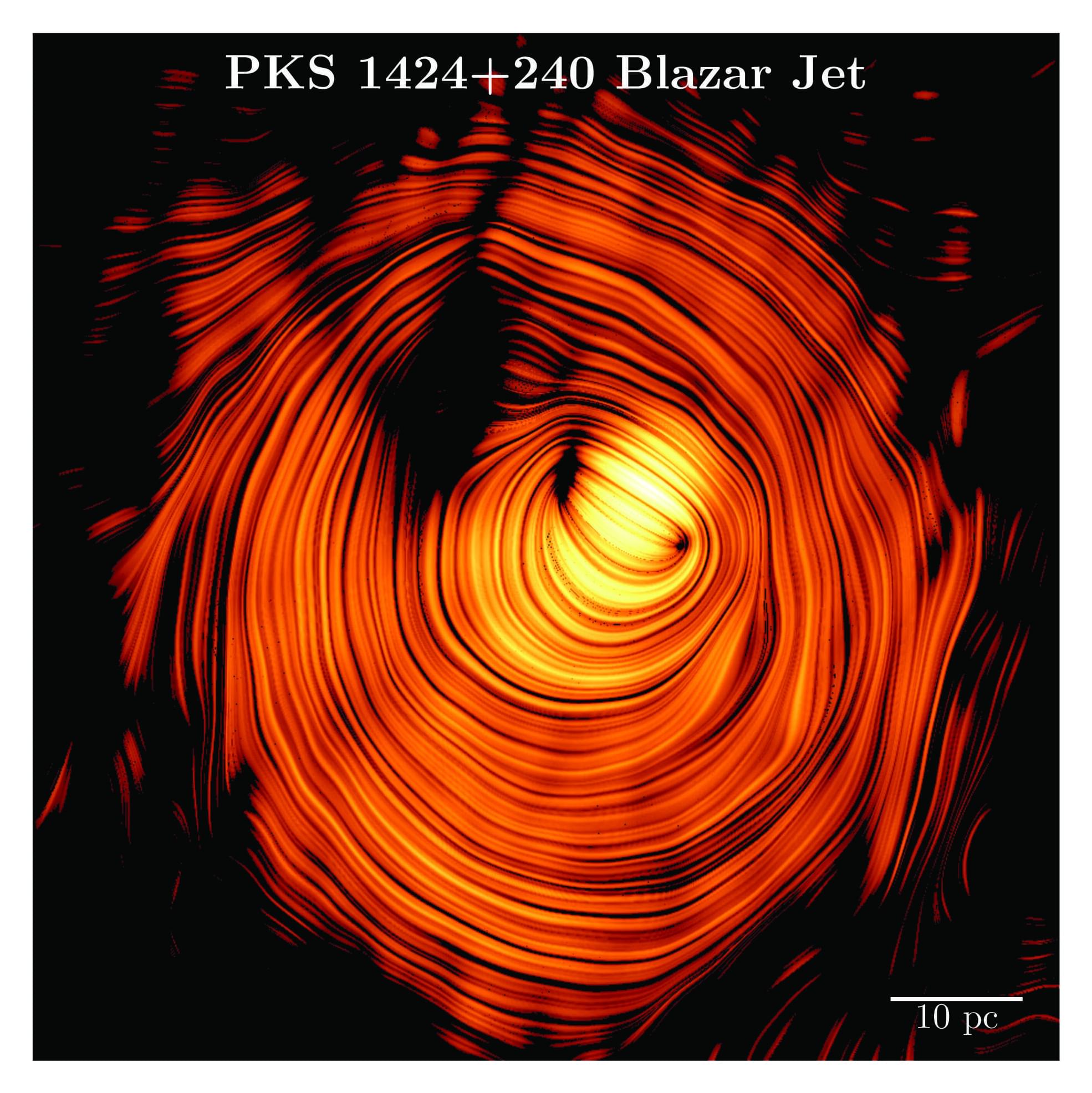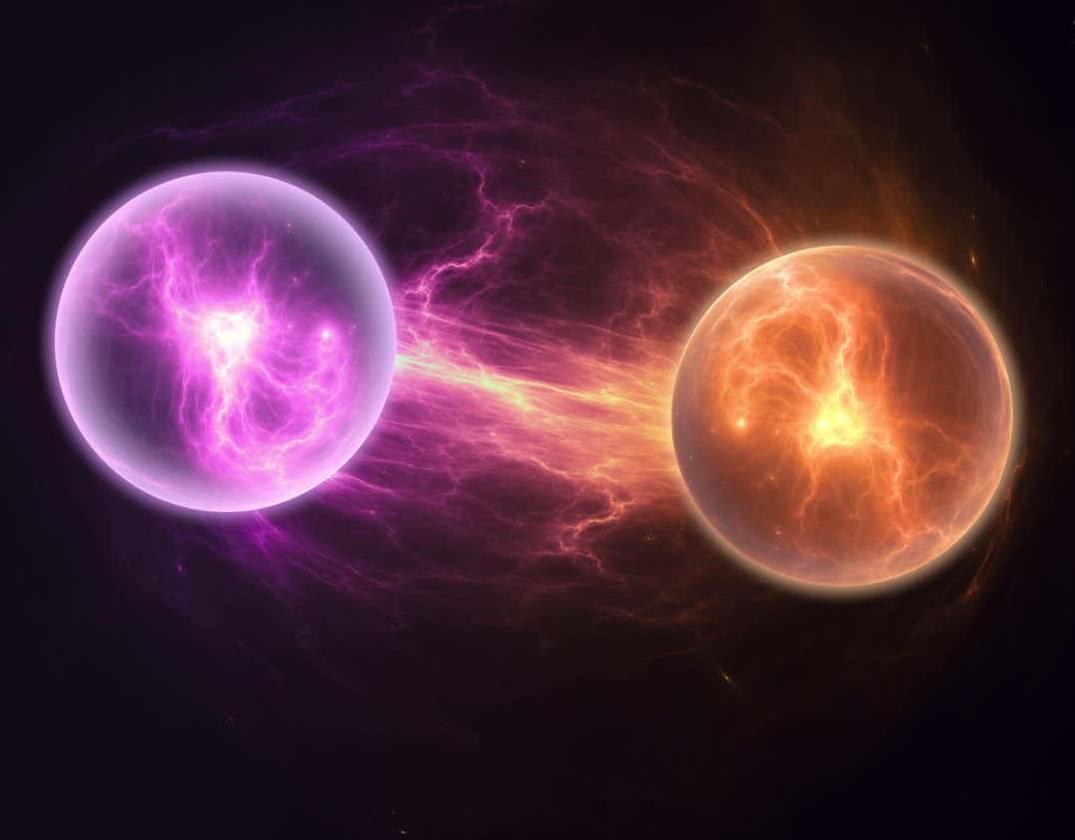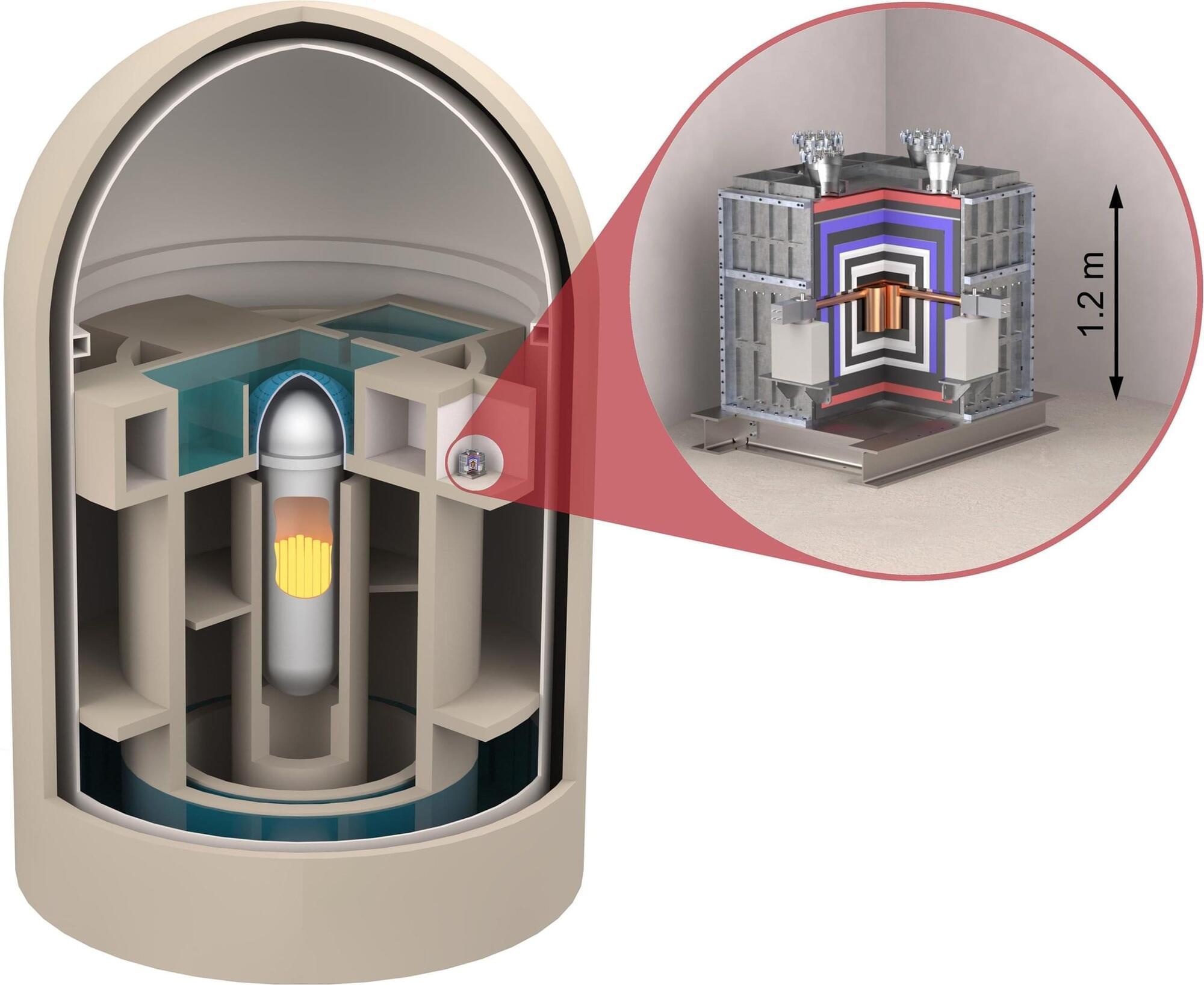Some phases of matter cannot be described using the conventional framework of symmetry breaking and exhibit a so-called quantum order. One type of quantum order, known as topological order, is characterized by long-range entanglement between particles across an entire system, a ground state degeneracy that depends on the global shape of the system, and a robustness against local disturbances.
Topological phases of matter primarily occur at zero temperature, as thermal fluctuations tend to destroy them and disrupt their underlying order. In a recent paper published in Physical Review Letters, however, researchers at Nanjing University, Yale University and other institutes reported a new 3D topological phase of matter characterized by an anomalous two-form symmetry that occurs at non-zero temperatures.
“In the last several years, we have made substantial progress in our ability to control quantum systems —over a range of different platforms: superconducting qubits, trapped ions, neutral atoms, photonics, and so on,” Tyler D. Ellison, senior author of the paper, told Phys.org.
